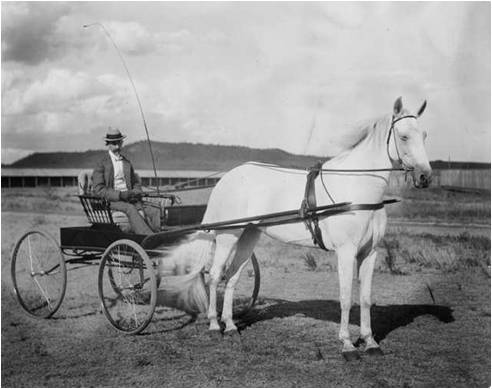EV Mode Creates Crisis Mode For Engine Parts Makers

For manufacturers of engine timing chains, main bearings or any of the hundreds of unique components for engines and transmissions, EVs like the Nissan Leaf pose an enormous threat. Decades of investment in the manufacturing technologies and IP are potentially rendered irrelevant if the switch to battery-powered EVs progresses at the rate that its optimists proclaim. Bloomberg tells the tales of woe from anxious Japanese suppliers: “It’s a crisis-like situation,” said Toru Fujiwara, head of Tsubakimoto’s auto-parts division. “With electric cars, there’s no way we can apply our current technology.” Especially when their current technology lacks AC or DC.
If President Obama’s pledge to have one million plug-in cars on roads by 2015 and Japan Prime Minister Yukio Hatoyama’s goal to reduce emissions 25 percent by 2020 from 1990 levels come to fruition, the impact will be below the belt as well as below the bottom line:
“The shift to electric cars may be more dramatic than people think,” Kawamura said. “The auto industry will need to shoulder much of that cut.”
Traditional suppliers must balance innovations with meeting their customers’ immediate demands as improving fuel efficiency is a top industry priority, according to Tsubakimoto’s Fujiwara.
Still, suppliers should not delay expanding to meet the potential surge in electric-car demand, said Hisataka Nobumoto, chairman of the Japan Auto Parts Industries Association that includes NTN.
“As current technologies and businesses are reassessed, decisions on where and how to pursue new areas must be made as early as possible,” he said. “By doing so, survival may be possible.”
Now that’s a cheery assessment. No doubt a shrinking market share for tradition propulsion systems would reduce efficiencies of scale and wither profit margins. At least there are still margins on supplier profits in Japan to shrink. And expansion into the primary EV component manufacturing areas is limited, since motors and batteries make up a disproportionate share. Entry barriers into battery making is daunting, and the supplier base has already largely congealed. Fujiwara: “We have to come up with completely new technology,” without naming possible products. Is the timing chain going the way of the buggy whip?

More by Paul Niedermeyer
Latest Car Reviews
Read moreLatest Product Reviews
Read moreRecent Comments
- AZFelix The last time I missed the Malibu was when one swerved into my lane and I had to brake hard to avoid a collision. 1 out of 5⭐️. Do not recommend.
- 2ACL I won't miss it; it was decent at launch, but in addition to the bad packaging, GM did little to keep it relevant in the segment. I'd prefer that another domestic automaker doesn't just give up on the mainstream sedan, but unlike some of Ford's swan songs, the Malibu made an indifferent case for why they should live.
- ToolGuy TG grows weary of purchasing gasoline. I don't care so much how or why, I am just tired of it. I still buy petroleum products, not 'boycotting oil,' but backing away from gasoline where I can. Sample size = 1.
- Probert Maybe it's not too late for the Dodge Neon I've always dreamed of!!! To the keyboard Robin!
- Akear The malibu still outsells all GM EVs combinedMalibu -150,000GM EV's - 75,000Maybe this represents how execrable GM EVs really are. Barra should have resigned years ago,


































Comments
Join the conversation
What got us here won't get us there.
Similar to the railroads, the military and then the airlines went from gasoline pitson engines to jets in about a decade. Curtiss-Wright couldnt adapt, Pratt and Whitney did. GE came in and filled the gap left by C-W. GM's Allison went on a side tangent, turboprops. Betting on which new technology will dominate is always a huge risk.